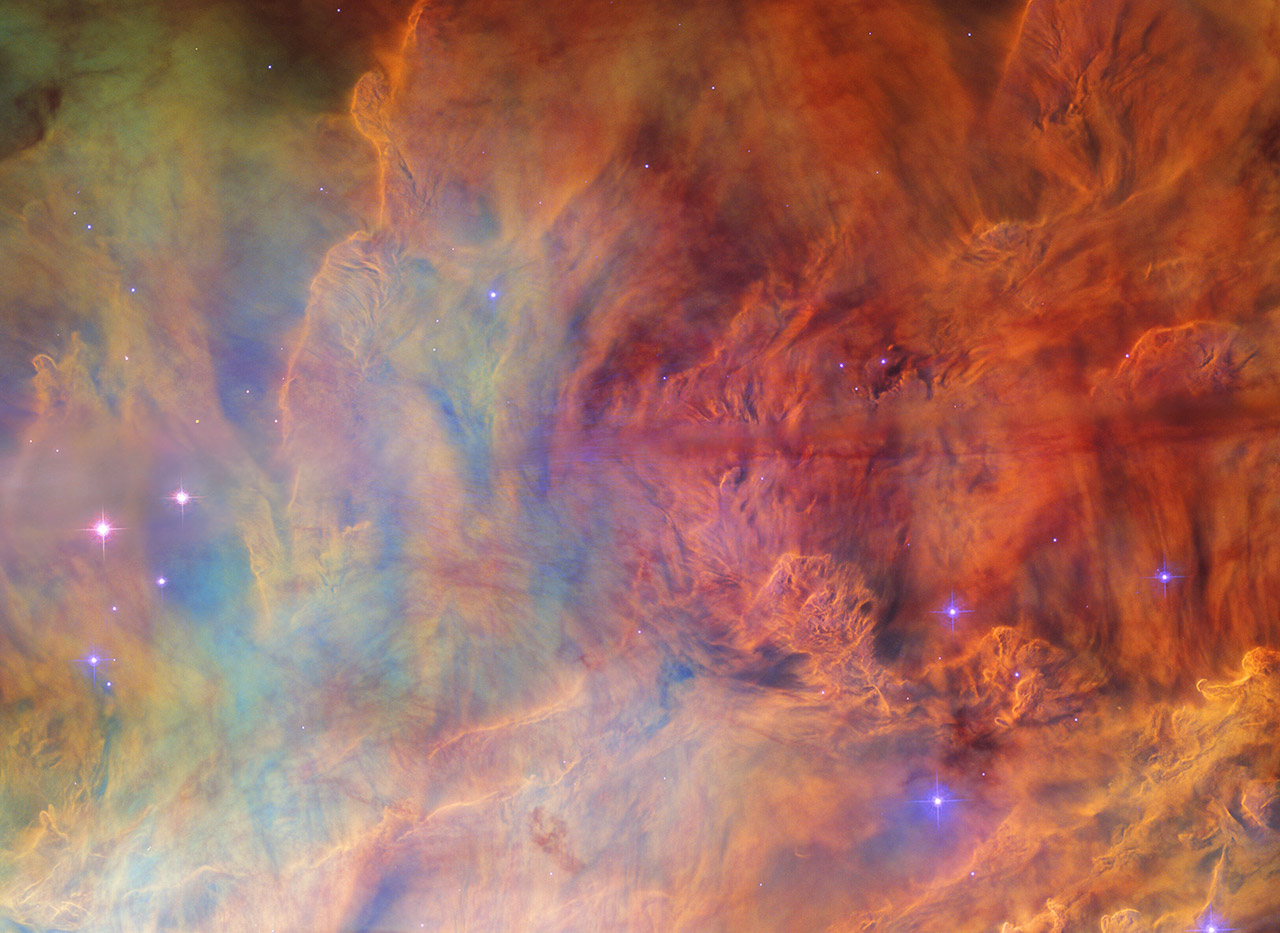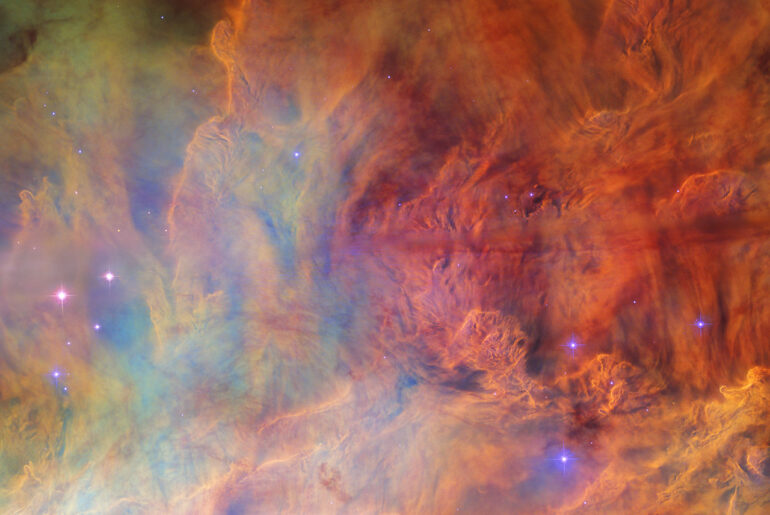
NASA / ESA’s Hubble Space Telescope captures NGC 6530, a cosmic cloud speckled with stars in the constellation of Sagittarius located approximately 4,350 light-years from Earth. This cluster is actually set within the larger Lagoon Nebula, or massive interstellar cloud of gas and dust.

When Hubble previously observed the Lagoon Nebula several times, it had a distinctly smoky appearance caused by clouds of interstellar gas and dust that stretch from one side of the image to the other. Astronomers used Hubble’s Advanced Camera for Surveys and Wide Field Planetary Camera 2 for further observations in search of new examples of proplyds, a particular class of illuminated protoplanetary discs surrounding newborn stars.
- POWERFUL TELESCOPE FOR ASTRONOMY BEGINNERS: The AstroMaster 130EQ delivers sharp optics, a stable equatorial mount, and smooth manual controls, making...
- HIGH-QUALITY 130MM OPTICS: Enjoy views through the 130mm (5”) Newtonian reflector, which features high-quality aluminum and SiO₂ coatings and...
- SMOOTH, ACCURATE POINTING: Effortlessly aim and center your target using the two slow-motion control knobs for right ascension and declination whether...
Hubble’s ability to observe at near-infrared wavelengths – particularly with Wide Field Camera 3 – have made it an indispensable tool for understanding star birth and the origin of exoplanetary systems,” said NASA.







